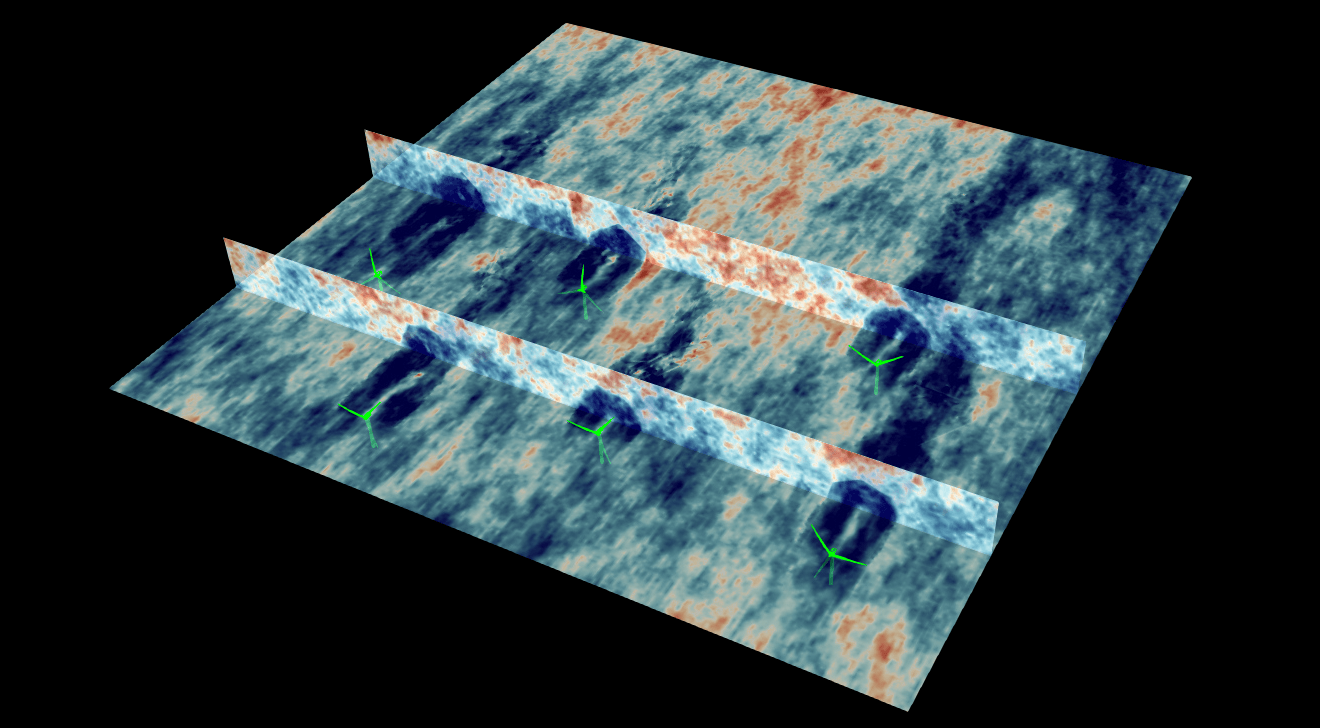Forum
Implementation of time-marching scheme
Quote from LTW on 4. October 2023, 07:56Dear David,
In the guidelines three options for velocity integration are found, as attached to this post. I tend to doubt the implementation as described in the guidelines. That is, the PC algorithm exhibits an implicit character, which usually is solved by iterating of some sort. However, I think it is highly unlikely to iterate over the computationally costly velocity induction function.
A more logical implementation would be that in the 2nd equation, last term on RHS i.e. V_ind(x_{i+1}) is changed to for example V_ind(x_{i+1,EF}). This makes it somewhat psuedoimplicit, a term that is also frequently found in the Leishman papers.
Is this correct, or does QBlade really iterate because it is an implicit scheme?
Dear David,
In the guidelines three options for velocity integration are found, as attached to this post. I tend to doubt the implementation as described in the guidelines. That is, the PC algorithm exhibits an implicit character, which usually is solved by iterating of some sort. However, I think it is highly unlikely to iterate over the computationally costly velocity induction function.
A more logical implementation would be that in the 2nd equation, last term on RHS i.e. V_ind(x_{i+1}) is changed to for example V_ind(x_{i+1,EF}). This makes it somewhat psuedoimplicit, a term that is also frequently found in the Leishman papers.
Is this correct, or does QBlade really iterate because it is an implicit scheme?
Uploaded files:- You need to login to have access to uploads.
Quote from David on 4. October 2023, 11:48Hi,
you are indeed correct, the predicted V_ind(x_{i+1}) velocity is obtained by 1st order Euler Forward integration. So this scheme in fact requires two full evaluations if the induced velicities at the wake node positions for each timestep.
BR,
David
Hi,
you are indeed correct, the predicted V_ind(x_{i+1}) velocity is obtained by 1st order Euler Forward integration. So this scheme in fact requires two full evaluations if the induced velicities at the wake node positions for each timestep.
BR,
David
Quote from LTW on 5. October 2023, 12:11Do you have any tips on when to use what scheme? I can imagine that with high thrust or high TSR simulations some form of stability in the numerical scheme is preferred.
Best,
Luc
Do you have any tips on when to use what scheme? I can imagine that with high thrust or high TSR simulations some form of stability in the numerical scheme is preferred.
Best,
Luc
Quote from David on 5. October 2023, 21:59Hi Luc,
in general, prefer using the simple, computationally efficient EF 1st order scheme. Since the velocity integration only affects the forward propagation of the vortex elements it doesn’t impact the stability of the simulation.
Based on my experience, for the commonly used timestep size (~3° rotor advancement) I found the accuracy of the EF integration to be satisfactory in almost any case.
BR,
David
Hi Luc,
in general, prefer using the simple, computationally efficient EF 1st order scheme. Since the velocity integration only affects the forward propagation of the vortex elements it doesn’t impact the stability of the simulation.
Based on my experience, for the commonly used timestep size (~3° rotor advancement) I found the accuracy of the EF integration to be satisfactory in almost any case.
BR,
David


